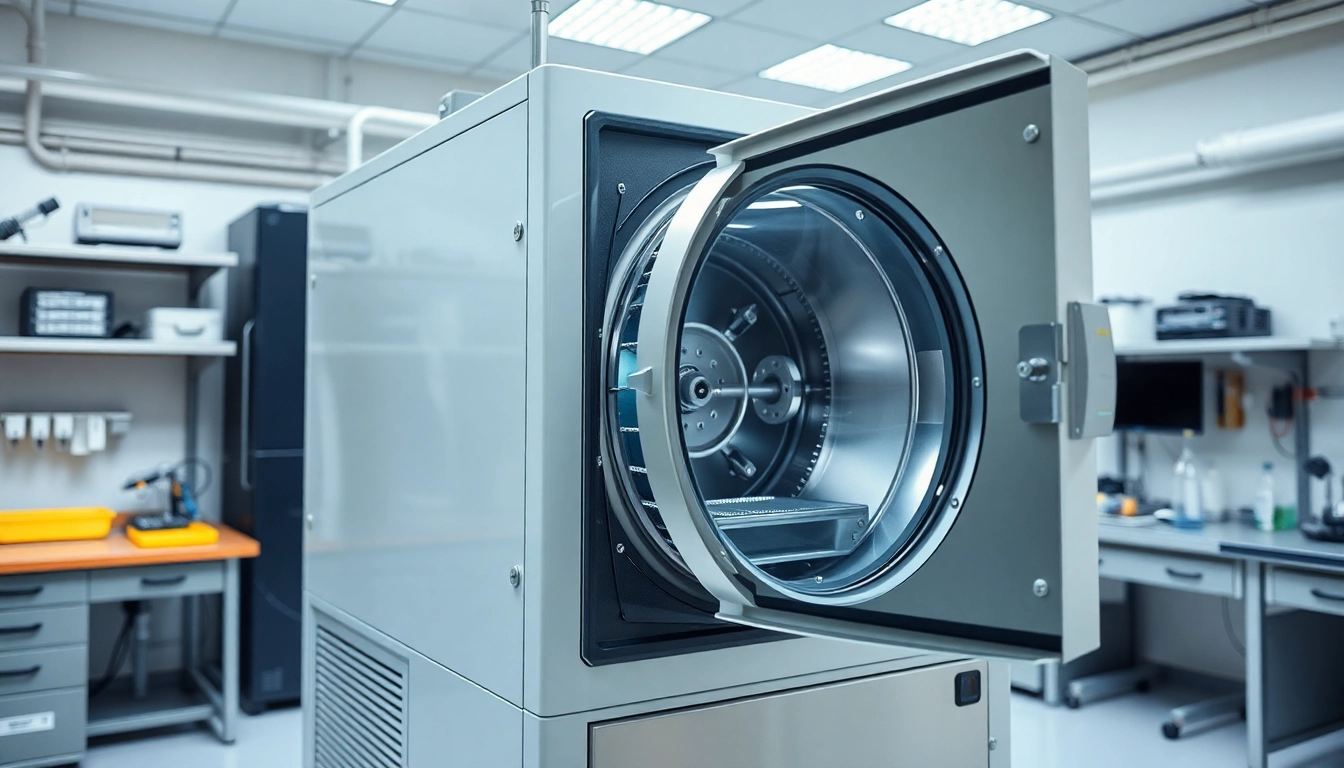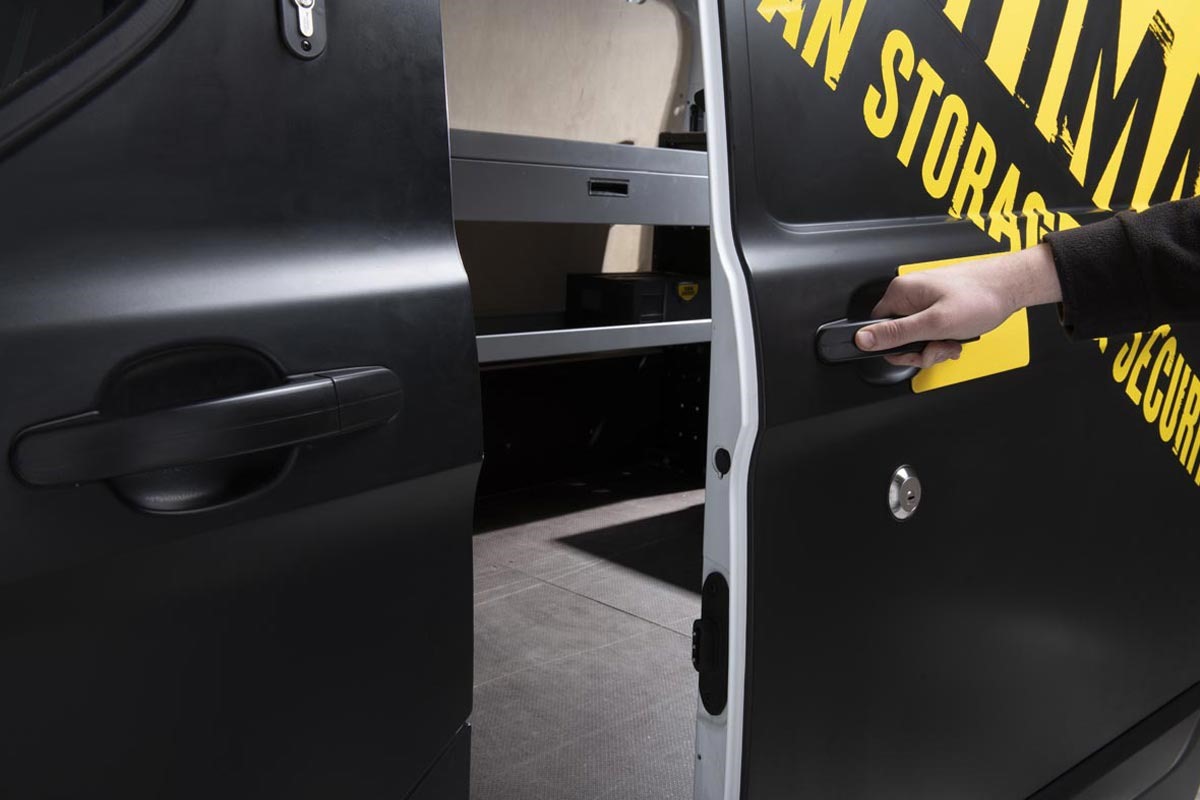Introduction to the Bruker EOS 500 Handheld LIBS Analyzer
The Bruker EOS 500 Handheld LIBS Analyzer is revolutionizing the way materials are identified in various industries, offering accuracy, efficiency, and unprecedented portability. Utilizing laser-induced breakdown spectroscopy (LIBS) technology, this innovative tool allows professionals to perform rapid qualitative and quantitative analyses on-site. As industries continually strive for improved productivity, tools like the Bruker EOS 500 Handheld LIBS Analyzer are becoming essential for effective decision-making and real-time data acquisition.
What is LIBS Technology?
Laser-induced breakdown spectroscopy (LIBS) is a powerful analytical technique that analyzes the composition of materials using a focused laser pulse. When the laser beam is directed at a sample, it creates a plasma, resulting in the ejection of material from the sample surface. As this plasma cools, it emits light characteristic of the elements present in the sample, which can then be analyzed to determine the material’s composition.
The LIBS technology stands out due to its high speed and accuracy, enabling real-time results without the need for extensive sample preparation. This makes it particularly useful for applications where time and efficiency are critical, such as environmental monitoring, quality control in manufacturing, and even archaeological studies.
Key Features of the Bruker EOS 500
The Bruker EOS 500 is designed with a variety of innovative features aimed at maximizing functionality and user experience. Some of the standout features include:
- Compact Design: The handheld format ensures the analyzer is easily portable, allowing field work in various environments.
- User-Friendly Interface: An intuitive interface simplifies operation, ensuring that even less experienced users can effectively benefit from its capabilities.
- Real-Time Data Analysis: Users can view results immediately on the display, facilitating decision-making without delays associated with traditional lab analyses.
- Multielement Analysis: Capable of detecting numerous elements simultaneously, the EOS 500 can provide a comprehensive picture of material composition.
- Wireless Connectivity: This feature allows seamless data transfer to other devices for further analysis and record-keeping.
Applications in Various Industries
The versatility of the Bruker EOS 500 makes it applicable across multiple sectors:
- Mining and Metallurgy: Quickly analyze ores and alloys for quality assurance and resource identification.
- Environmental Monitoring: Employ the analyzer for soil and water sampling to detect contaminants efficiently.
- Forensics: Aid crime scene investigations by providing rapid analysis of unknown substances.
- Recycling: Identify material types to enhance the recycling process and support sustainability efforts.
- Aerospace: Ensure material integrity through precise compositional analysis during manufacturing and maintenance.
Understanding the Advantages of Handheld LIBS Analysis
Portability and Ease of Use
One of the most significant advantages of the Bruker EOS 500 is its portability. Unlike traditional laboratory desktop analyzers, the handheld design allows for in-field testing, greatly enhancing the flexibility of material analysis. This means that professionals can take the unit directly to the site of interest, eliminating the need to transport samples back to a lab.
The ease of use contributes to faster operational speeds. With a short learning curve, new users can quickly grasp its functionality, making it ideal for teams with varying levels of expertise. Its simple interfaces minimize the potential for user errors, ensuring consistent and reliable data collection.
Rapid Material Identification
Traditional analytical methods often involve extensive preparation time and complex protocols. In contrast, the Bruker EOS 500 facilitates rapid material identification, providing results within seconds. This speed is crucial in industries where time-sensitive decisions are necessary, such as in emergency response scenarios or fast-paced production environments.
Furthermore, the high sensitivity of LIBS technology allows for detecting trace elements. This capability is particularly beneficial for industries needing compliance with strict regulatory standards, ensuring products meet safety and quality specifications.
Cost-Effectiveness for Field Testing
Implementing the Bruker EOS 500 can result in significant cost savings for organizations. By performing analyses in the field, companies reduce transportation costs associated with sending samples to labs. Additionally, the handheld nature of the analyzer minimizes the need for extensive laboratory space and reduces the overhead required for sample preparation methods.
Field-based testing also mitigates the risk of potential sample degradation during transport, providing more reliable results. This direct approach to material analysis means that businesses can operate more efficiently while keeping expenditures in check.
Getting Started with the Bruker EOS 500 Handheld LIBS Analyzer
Setup and Calibration Procedures
Before utilizing the Bruker EOS 500 in the field, proper setup and calibration are essential for accurate results. The following step-by-step guide will assist users in preparing their device:
- Charge the Device: Ensure the handheld analyzer is fully charged before embarking on fieldwork. This helps avoid interruptions during analysis.
- Initialize the Software: Power on the device and allow the software to load completely. Confirm any software updates are performed to guarantee optimal performance.
- Perform a Self-Calibration: The EOS 500 typically features automatic self-calibration. Follow on-screen prompts to complete this process to ensure accurate results.
- Input Sample Parameters: Depending on the type of analysis, users may need to input specific parameters. For example, defining the types of elements being targeted can enhance result accuracy.
- Run a Test Analysis: Conduct a test analysis on a known sample to confirm proper functioning. Review the results to identify any necessary adjustments.
Common Operating Techniques
Utilizing the Bruker EOS 500 effectively requires grasping several operating techniques:
- Sample Positioning: Place the analyzer’s probe directly onto the sample surface for accurate analysis. Maintain a steady hand to ensure the laser targets the correct spot.
- Pulse Duration Selection: Adjust pulse duration according to the material type. Thicker or more complex materials may require longer exposure to achieve comprehensive readings.
- Data Review: Continuously monitor data output during live analysis. Be prepared to interpret and analyze fluctuations meaningfully.
Troubleshooting Basic Issues
Even the best equipment may encounter issues. Here are common problems and their solutions to ensure smooth operations:
- Inconsistent Results: Verify that the sample is clean and well-prepared, ensuring no contaminants affect the readings.
- Device Not Powering On: Check the charge and ensure that the power source is functional. If issues persist, consult the manufacturer for support.
- Calibration Errors: If the calibration appears off, perform it again and ensure no external factors affect the laser path.
Advanced Features of the Bruker EOS 500
Integration with Data Management Software
One of the most significant advancements of the Bruker EOS 500 is its capability for seamless integration with data management software. This functionality allows users to:
- Compile Results: Automatically gather and store analytical results for easy access and reporting.
- Analyze Trends: Utilize analytical tools to identify trends and anomalies in the material composition over time.
- Facilitate Collaboration: Share data across teams and departments effortlessly, enhancing collaborative efforts and decision-making.
Unique Sensor Technology Benefits
The Bruker EOS 500 employs unique sensor technology that elevates its performance. This innovation includes:
- High Sensitivity: The enhanced sensors provide superior detection limits, enabling users to identify trace elements effectively.
- Modular Design: Users can customize their device setup based on specific analytical needs, ensuring they can adapt quickly to various materials.
- Robustness: Designed to withstand harsh field conditions, the analyzer operates effectively even in challenging environments.
Enhancements for Specific Material Types
To cater to diverse industries, the Bruker EOS 500 can be tuned to enhance analysis capabilities based on material types, such as:
- Metals: Specific algorithms enhance performance when analyzing alloys and metals.
- Minerals: Custom settings allow for improved detection of compounds typically found in geochemical samples.
- Polymer and Composites: Adjustments for polymers ensure that the unique spectral signatures they emit are accurately captured and analyzed.
Best Practices for Using the Bruker EOS 500 Handheld LIBS Analyzer
Maintaining Equipment for Longevity
To maximize the lifespan and efficiency of the Bruker EOS 500, implement the following maintenance practices:
- Regular Cleaning: Periodically clean the optics and probe tip to prevent contamination from affecting readings.
- Scheduled Calibration Checks: Make it a habit to regularly check and recalibrate the device, especially after extensive use or significant drops.
- Proper Storage: Store the analyzer in a protective case when not in use to prevent physical damage and dust accumulation.
Interpreting Results Accurately
Understanding how to interpret the analyzer’s results accurately is paramount for effective decision-making. Here are tips to enhance result interpretation:
- Familiarize with Spectra: Gain a solid understanding of the spectrum outputs. Recognize common patterns related to specific materials.
- Cross-Reference Data: Occasionally, cross-reference LIBS results with complementary analytical methods to confirm findings.
- Continuous Learning: Stay updated on advancements in LIBS technology and analytical techniques to refine your interpretative skills.
Case Studies: Success Stories in the Field
To illustrate the impact of the Bruker EOS 500, here are two notable case studies:
- Environmental Monitoring in Coastal Regions: A company used the Bruker EOS 500 to analyze soil samples from coastal erosion zones, detecting heavy metal contamination. The rapid results informed timely remediation efforts, enhancing community health and safety.
- Recycling Facility Optimization: Another organization utilized the analyzer to develop a robust recovery program for valuable metals in electronic waste. The LIBS analysis allowed for efficient sorting and enhanced recovery rates, leading to substantial economic gains and environmental benefits.














Leave a Reply